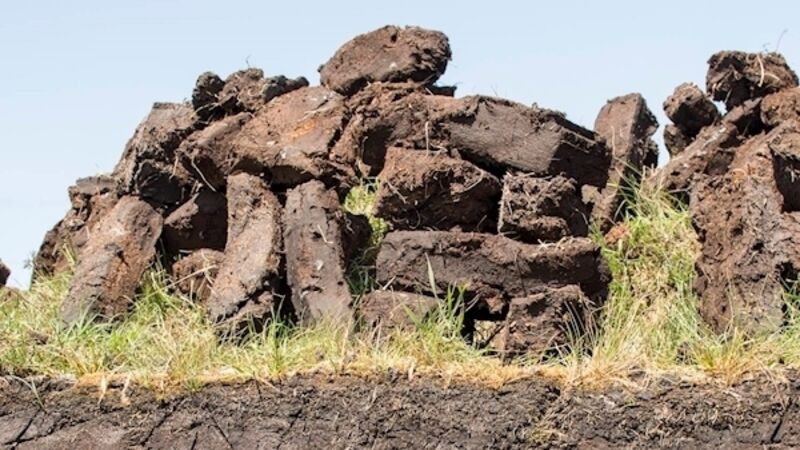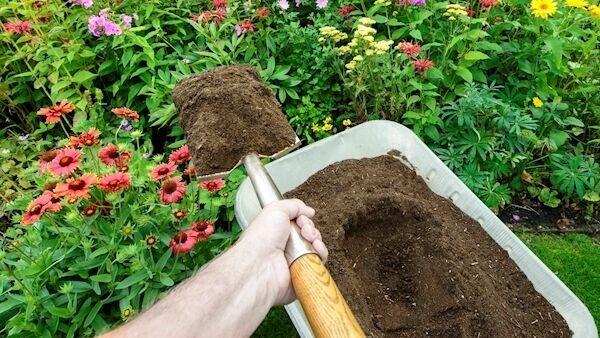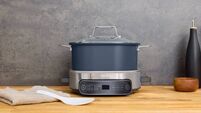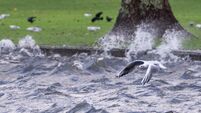For peat’s sake: Take a look at the alternatives can gardeners use

What alternatives to peat can gardeners use? finds out
A charity is calling for a complete ban on the use of peat in horticulture, declaring a man-made emergency which it claims will take 1,000 years to rectify. Organic growing charity Garden Organic has launched its ‘For Peat’s Sake’ campaign in an effort to push the issue to the top of the political agenda.
“Reducing peat use in horticulture is absolutely vital for protecting our planet,” says James Campbell, the charity’s chief executive.
But peat-based bagged compost is still being bought by the barrowful and thousands of plants are purchased which have been grown in a peat-based medium, said Mr Campbell. “We believe most gardeners, organic or otherwise, would turn their back on peat if they knew the full picture,” he added.
WHAT IS PEAT?
It is a type of soil made up of waterlogged, partially-decomposed plant material which has built up over nearly 10,000 years in wetland habitats. Historically, peat has been used in compost because it’s good at holding water and retaining nutrients.
So why should we stop using it? “Peat bogs are actually a hugely important defence against climate change as they are the most efficient land-based store of carbon,” said Mr Campbell.
“Destroying them releases disastrous amounts of carbon dioxide into the atmosphere, having the opposite effect.”
What are the alternatives? Guy Barter, the Royal Horticultural Society (RHS) chief horticulturist, has been using peat-free growing compost for 20 years. He says: “By and large, peat-free composts are perfectly feasible. They may be more expensive but it’s a small price to pay for saving the environment.”
Materials such as green compost, coir, wood fibre and composted bark are now used in most composts, according to Which? Gardening, the Consumers’ Association magazine.
Ceri Thomas, editor of Which? Gardening, says: “Choosing a peat-free compost can cause headaches for gardeners, and different varieties come with different approaches for caring for your plants.
Different watering and feeding techniques mean it’s important to research your options before choosing a peat-free compost, so take the time to get to grips with the specific instructions for caring for your plants before choosing the right compost for you.
Peat-free brands often recommend specific fertilisers for use with their compost. This is not a marketing ploy, as different formulations have different balances of nutrients.
Coir-based composts can look dry on the surface but may still be wet underneath, so you have to watch your watering.
In hot summers that would be a benefit but in persistently wet weather it can lead to rotting plants. Which? Gardening recommends watering little and often to avoid problems.
Historically, it has been tricky to grow acid-loving plants like rhododendrons and camellias in peat-free compost, but this has changed, says Barter.
Does organic mean peat-free? Not necessarily. Check the labels — “reduced peat” means there is still peat there, sometimes as much as 90%, warns Garden Organic.
The organisation also urges gardeners to ignore claims of “not from an environmentally sensitive site” as all peat bogs are sensitive habitats. And it it flags that the word “organic” doesn’t necessarily mean peat-free.
MIX YOUR OWN
Create your own soil mixes using home-made compost, top soil and leafmould. Garden Organic recommends these mixes for different tasks:
SOWING SEEDS
Seeds contain their own nutrients so they will germinate successfully in low nutrient material, with good drainage. Recommended mix: one part loam (garden soil), one part leafmould, one part horticultural sand.
POTTING ON
Seedlings and young plants need excellent drainage and a little more nutrient (not too much, or they become leggy without finding their own strength). Recommended mix: one part loam (garden soil), one part leafmould, one part sieved garden compost.

TAKING CUTTINGS
Cuttings need excellent drainage (so their ends don’t rot) and a fine textured medium (to help the roots establish). Recommended mix: Half sharp sand and half home compost (or a purchased peat-free growing medium such as coir).
PLANTING HERBS
Sage, thyme and marjoram need a well-drained soil. It is the wet, not the cold, that will kill their roots. The recommended mix isone part loam, one part home compost, one part sharp sand.
LARGE CONTAINERS
Plants growing for a long time in pots need a good source of slow-release nutrients. The recommended mix is one part loam, one part compost.












